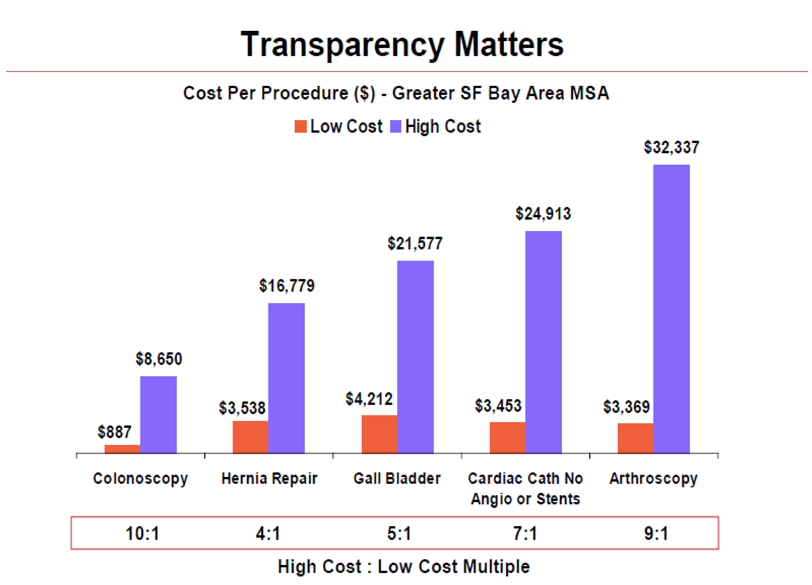You Can Never Make The Obvious, Obvious Enough!
Stanley Feld M.D.,FACP,MACE
I love Todd Siler’s Truisms.
They are now available at your friendly app store for 99 cents.

I have told my story about how to “Repair The
Healthcare System.” I have also pointed out the gigantic mistakes President Obama is
making trying to repair the dysfunctional healthcare system.
Let us assume President Obama’s goal is to make
healthcare more affordable and accessible to all.
My plan has the same goal.
President Obama’s approach is to make all the
stakeholders dependent on government largess.
My approach is to have the government create
rules and regulations that does not let one stakeholder take advantage of
another stakeholder.
The most important stakeholder is the consumer
(patient). Rules must be created in favor of the consumer. Consumers must be
empowered to drive the healthcare system.
Consumers must be encouraged to be responsible
for their own care, be educated to make decisions about their care and be
responsible for their own healthcare dollars.
Since government started controlling the
healthcare system in 1965 the healthcare system has become more and more
distorted and expensive.
Many secondary stakeholders have been created.
Each secondary stakeholder has figured out how to take advantage of the
healthcare system and get around the regulations.
The government has devised, with good
intentions, new regulations to counter adjustments made by all secondary
stakeholders in order to decrease the escalating cost of care.
The result has been a further increase in the
cost of care with further adjustments by secondary stakeholders.
Patients have not been the beneficiaries of these
escalating costs. The healthcare insurance industry and its administrators have
been the primary beneficiaries of these adjustments.
Hospital systems and hospital administrators
have been close a close second.
The pharmaceutical industry has been close
behind.
Physician reimbursement has decreased per unit
of care.
The primary stakeholders, consumers (patients),
have benefited the least.
Both physicians and consumers feel powerless. The
government has consistently written regulations that make both of those primary
stakeholders powerless.
Physicians are trying to adjust.
Consumers don’t have a clue about how to
adjust.
Hospital systems seem pretty smug to me. They
think they have figured out how to adjust and take advantage of Obamacare.
The healthcare insurance industry figures they “gotcha”
because of the government’s dependence on the healthcare industry for
administrative services.
President Obama figures that by the government
controlling the entire healthcare system he can make it better and affordable.
As far as I can tell the government has not
proven it can achieve these goals in any area of our economy.
To me it is obvious that the cost of healthcare
will not be reduced, medical care will not be available to all, and access to
care will have to be restricted.
No matter how much money the government prints
it will not cover the escalating costs.
A reader wrote:
“Stan,
As you know I consider you a
friend and love you and your energy and spirit.
Although I have always
enjoyed reading your blog, I wonder what your ultimate goal is at this time.
I imagine it's to educate and
hopefully influence others.
Unfortunately I feel the
message has become repetitive and might, at this time be falling on death ears.
I'm not sure what to advise to
give you.
I merely suggest you consider
this.
I suggest perhaps you try a
different approach.
Perhaps cartoons or interviews, etc..
S. M.D..”
I replied:
“I am sure my explanations of
causes and my solutions for the dysfunctional healthcare system are falling on
deaf ears.
Most consumers have given up
trying to understand the solutions. However the solutions are dependent on consumers’
understanding and demands.
President Obama wants
consumers to give up and depend on him.
Most consumers like you, a physician, are
trying to figure out how to adjust to the dysfunctional system. Your goal is to
learn to take advantage of the coming draconian changes in the healthcare
system.
These adjustments will simply create greater
dysfunction in the healthcare system. The dysfunction will lead to greater pain
for all.
If all the stakeholders think they have
figured out how to take advantage of the coming changes in the healthcare
system they will not pay attention to what I am saying.
The biggest losers are consumers. All the
other stakeholders will ultimately lose.
The healthcare system is going to get so bad
and so expensive that something positive will have to be done.
Someone has to be available with a solution.
The solution is common sense.
Hang in there with me. I have been here before.
The critical turn is going to be swift after a lot of bad things happen.
I have no interest in giving
up.
Stan
P.S. You can never make the obvious, obvious
enough but you should never keep trying.
The opinions expressed in the blog “Repairing The Healthcare
System” are, mine and mine alone.
Please have a friend subscribe

Great story dad – I’d never heard this one before. It is an awesome reminder that life is inches.
Ben Casnocha came and visited last week. He had a Hyundai and lost control of it on the last curve near our house. He got lucky and just ended up in a ditch. Amy towed him out with her Range Rover – the Hyundai was such a weak car that it caught air when she pulled it out of the ditch!